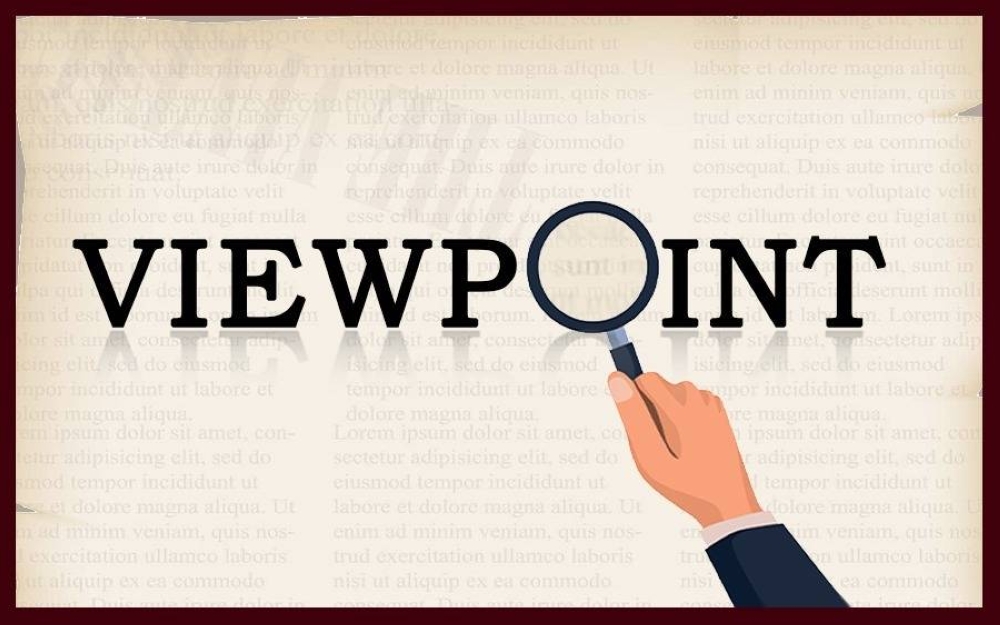Water is the ultimate renewable resource, but the world seems to be running out of it.
Today, about 2bn people lack access to safe drinking water, and roughly half the world’s population experiences severe water scarcity for at least part of the year.
By 2030, global water demand will have exceeded the sustainable supply by 40%. By 2050, nearly 6bn people will suffer from clean-water scarcity, according to a 2022 research report by India-based Observer Research Foundation.
In a wider sense, the water sector today is underfinanced and chronically short of capacity to meet demand. But to achieve the Sustainable Development Goal (SDG) of ensuring clean water and sanitation for everyone, the current global spending on water needs to rise fourfold, to more than $1tn per year (1.21% of global GDP), according to a Project Syndicate report.
According to the CDP, a not-for-profit organisation that collects environmental-impact data, more than $300bn of business value is at risk globally if no action is taken to address water scarcity. Yet it will cost only one-fifth of that total – $55bn – to tackle the problem.
The CDP values such “water-related opportunities” at $711bn, reflecting not just savings on water use but also the growth of long-term potential markets in water-smart technology and the benefits of better community relations.
Another, much-criticised way of investing in water is futures trading.
In late 2020, the Chicago Mercantile Exchange (CME) launched the first water futures market.
Water then joined gold, oil, and other commodities traded on the Wall Street.
Apart from being a tradable contract, the futures launch also highlighted growing worries that the life-sustaining natural resource is becoming scarce across of the world.
Proponents of the market say that the futures contracts will function more like insurance. Farmers who participate in the market can insulate themselves from volatile changes in water prices by securing another source of income.
According to the CME Group, the futures will help water users manage risk and better align supply and demand.
But the United Nations had warned in late 2020 that water futures risked an essential public good being treated like gold and oil, leaving the market vulnerable to speculative bubbles.
The water futures market could open up the doors for further commodification and privatisation of water. In doing so, it opens up water to excessive speculation and market manipulation, with consequences on the price of actual water, according to critics.
The amount of water consumed by industry, agriculture, energy, and municipal users has grown globally at more than twice the rate of population increase in the last century.
Water footprint analyses show about 450 gallons of water, about 1,700 litres, is needed to make a quarter-pound hamburger.
The Middle East and North Africa (Mena) region has the world’s scarcest supplies of water, but Gulf countries consume more of it per person than anywhere else, according to the World Bank.
More than 60% of the people in Mena nations live under conditions of high or very high water stress.
Higher GDP and population growth levels, as well as the increasingly hot climate, mean the Gulf countries need to spend heavily to meet their energy needs.
Water, for sure, is directly or indirectly supports many sectors of the economy, but the current largest user – agriculture - accounts for more than 70% of global withdrawals.
In July 2010, the UN general assembly declared access to water and sanitation as a human right, with its sixth Sustainable Development Goal being access to clean water and sustainable sanitation for all by 2030.
Opinion
Future of water: Basic human right vs investment options
In July 2010, the UN general assembly declared access to water and sanitation as a human right

